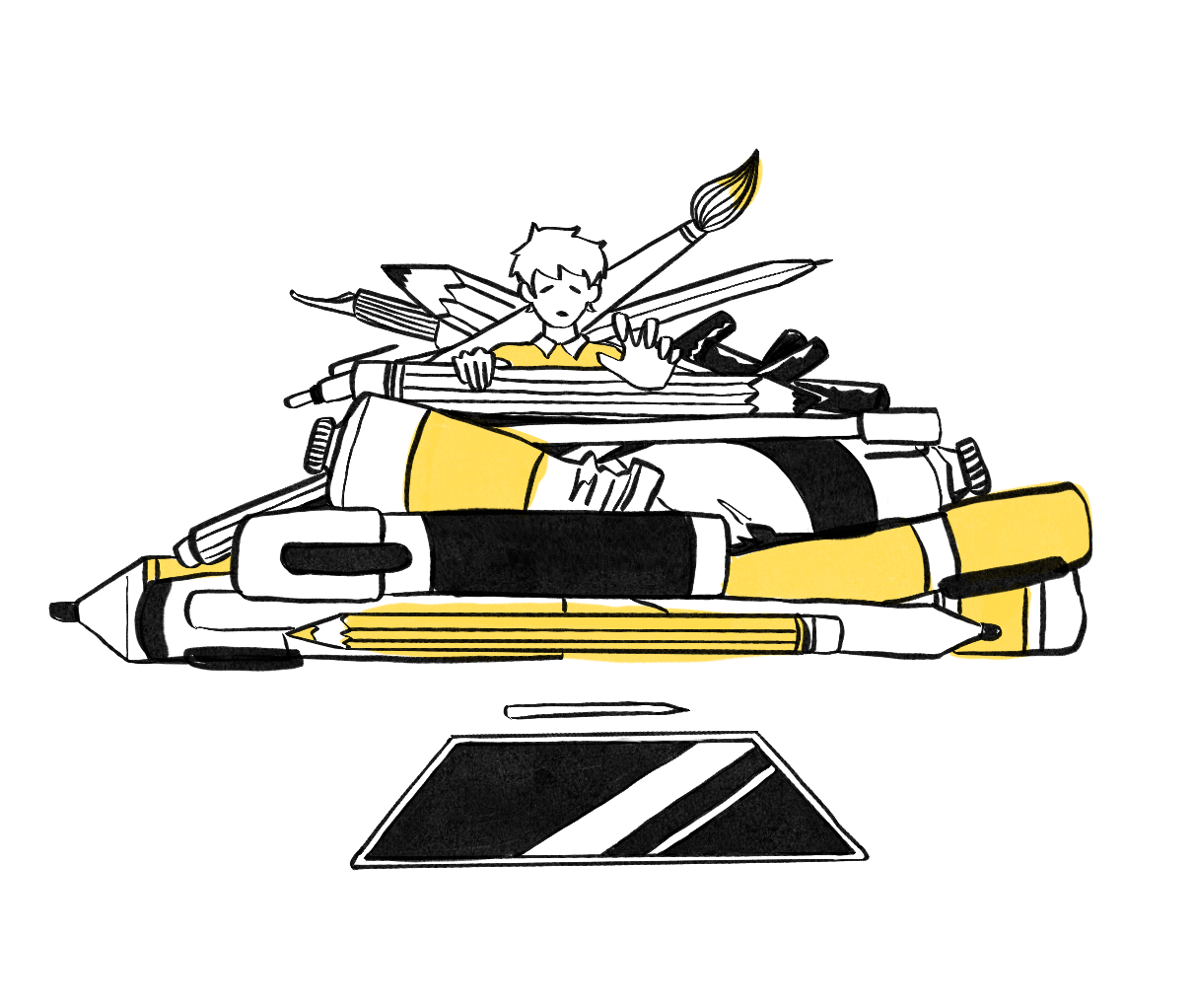Before beginning any kind of artwork towards a graphic novel or comic, the first step is to research. Research and idea generation are the foundations to any narrative workpiece, for this is what the illustrations will be based off – whether the illustrator is also the writer, or an outside, commisioned individual. The traditional method used by large companies such as Marvel back in roughly the 80s, requires a team of people, thus losing individuality and any personal connection with the art produced. For this situation there is a general outline that goes something like this: Research and ideas, outlines and scripts, then pencils, ink, colour and lettering. In recent times illustrators find it preferable and more managable to complete the entire illustration as one.
The process for all illustrated books generally follow a similar timeline, with variations here and there depending on factors such as team size, budget and how established/mainstream the comic or artist is. Most artists for comics follow the traditional route of pencils > ink > colour, some have chosen to go digital, and others use a mix of both. Some have strong opinions about traditional methods, such as Dirk Tiede who says "Digital is awesome, but there’s always that “Undo” button. When it’s just you, your loaded brush and a piece of paper, you have to focus and put down that ink stroke with purpose because there are no redos." (www.dirktiede.com, 2017).

It requires a lot of communication between the writer and the illustrator to get to a stage where both parties are happy with the concepts for the art. About this Danielle Adams states, "your partner should be asking for feedback at every step of this process". (danielle-adams.com, 2020) She also comments on the editing 'stage' of this process "Graphic novels need continuous editing throughout the drafting process. You should be checking your work after each step to make sure it's right", highlighting the importance of editing throughout to get the best possible outcome.